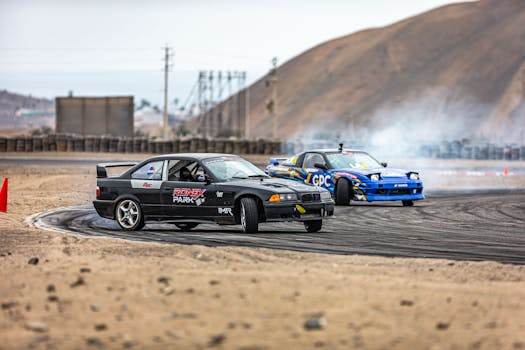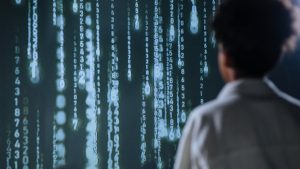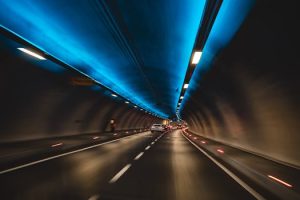LiDAR and Radar: The Sensors Powering Self-Driving Cars
Over the past decade, self-driving cars have captured the imagination of the public and the technology industry alike. One the key innovations driving the development of this futuristic mode of transportation is the use of LiDAR and Radar technology. These sensors play a crucial role in the navigation and perception of self-driving cars, allowing them to collect and process real-time data about their surroundings. In this article, we will delve into the world of LiDAR and Radar, exploring their capabilities and significance in powering the advancement of self-driving cars.
What is LiDAR and Radar?
LiDAR, which stands for Light Detection And Ranging, is a remote sensing technology that uses laser pulses to measure the distance to an object and create a 3D map of its surroundings. On the other hand, Radar, short for Radio Detection And Ranging, uses radio waves to detect objects and their position, enabling the measurement of their velocity and direction of travel. Both of these technologies have been around for decades, but it is their recent use in self-driving cars that has gained them widespread attention and importance.
The Importance of LiDAR and Radar in Self-Driving Cars
Accurate Perception and Mapping of the Surroundings
The primary role of LiDAR and Radar in self-driving cars is to provide accurate perception and mapping of the vehicle’s surroundings. LiDAR sensors emit laser beams and measure the time it takes for the light to bounce back, enabling the car to create a precise 3D map of the environment. This allows the vehicle to detect and identify objects, such as other cars, pedestrians, and obstacles, with a high level of accuracy. On the other hand, Radar sensors can detect the velocity and position of objects, providing additional information for the self-driving car’s perception and mapping systems.
Real-Time Data Processing and Object Recognition
In order for a self-driving car to safely navigate through its surroundings, it needs to process vast amounts of data in real-time. This is where LiDAR and Radar play a crucial role. These sensors constantly scan the environment, collecting data about objects and their movements. This data is then processed by advanced algorithms that can recognize and classify objects, anticipate their movements, and predict potential hazards on the road. This real-time processing of data is essential for the safe and efficient operation of self-driving cars.
Enhanced Safety Features
Aside from their capabilities in perception and mapping, LiDAR and Radar also play a critical role in enhancing the safety features of self-driving cars. With their ability to accurately recognize and track objects, these sensors enable the car to make split-second decisions and avoid potential collisions. In addition, LiDAR and Radar can also detect and monitor the vehicle’s performance, ensuring that it is operating at its optimum capacity and alerting the driver if any anomalies or malfunctions are detected.
The Future of LiDAR and Radar in Self-Driving Cars
As technology continues to advance, LiDAR and Radar are also evolving to meet the growing demands of self-driving cars. While the current versions of these sensors are already impressive, there is still room for improvement. Experts predict that future versions of LiDAR and Radar will have increased range, resolution, and reliability, making them even more vital in powering the next generation of self-driving cars.
Reduced Costs and Wider Adoption
One of the main challenges in the widespread adoption of self-driving cars is the high cost of the technology involved. However, with advancements in LiDAR and Radar technology, the costs associated with these sensors are expected to decrease significantly, making them more affordable for automakers and consumers alike. This could pave the way for a wider adoption of self-driving cars and a faster development of the industry.
Incorporation into Other Industries
While self-driving cars have been the primary focus of the use of LiDAR and Radar, these sensors have a vast potential beyond the automotive industry. LiDAR technology is already being used in various fields, such as topography and agriculture, and with its continued advancements, it could become even more prevalent in other industries. Similarly, Radar sensors can also have a significant impact in areas like aviation, surveillance, and weather tracking. This shows the versatility and potential of these sensors in shaping the future of various industries.
In conclusion, LiDAR and Radar are playing a vital role in powering the development of self-driving cars, with their capabilities in accurate perception, real-time data processing, and enhanced safety features. As technology continues to evolve, the role of these sensors is expected to expand, making them even more crucial in shaping the future of transportation. With the potential for reduced costs and wider adoption in various industries, LiDAR and Radar are paving the way towards a more efficient, safer, and automated future.








